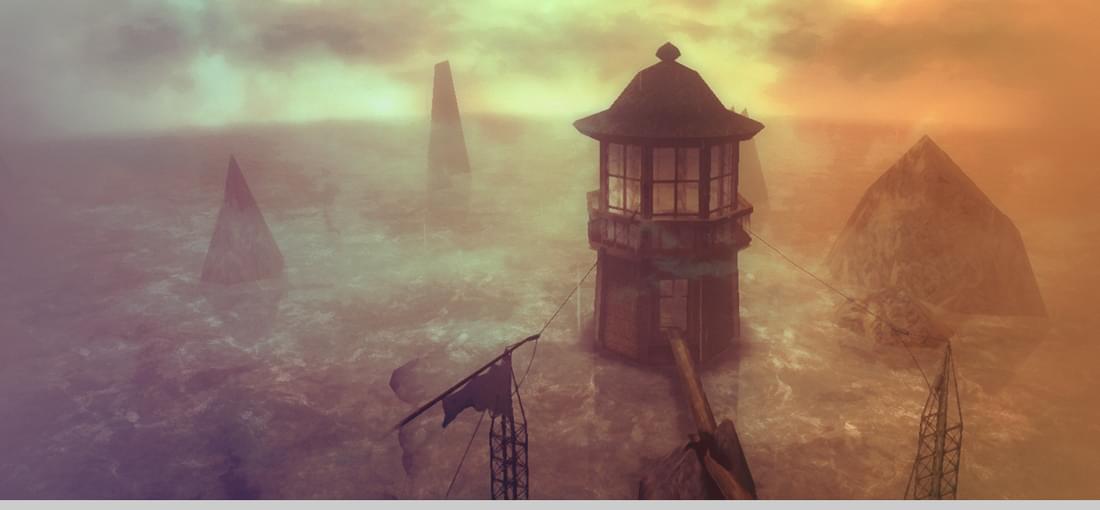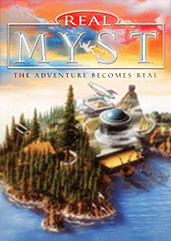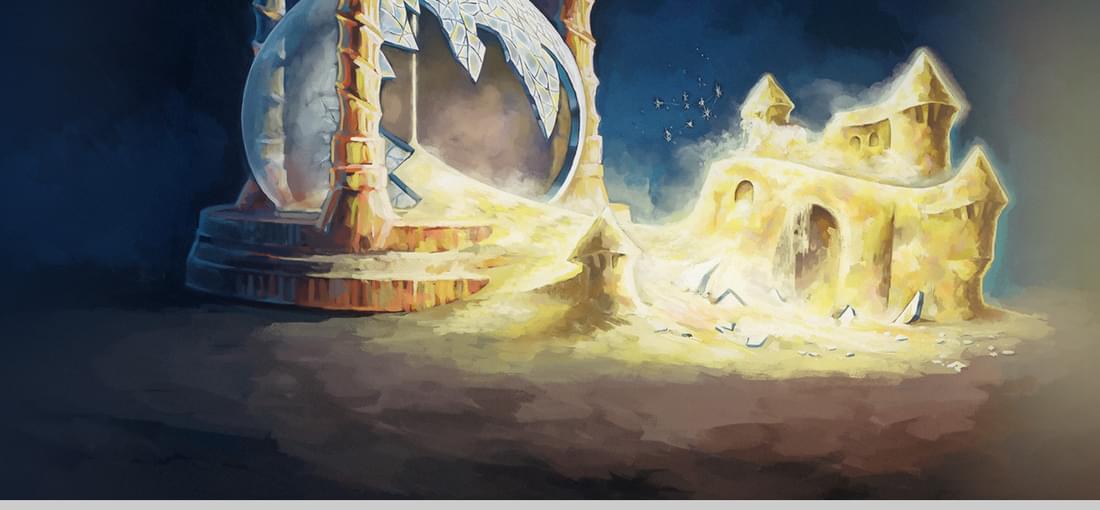



Ah, Myst...the holy grail for adventure gamers everywhere. The game that had no hand-holding whatsoever, just plopped you down in the middle of nowhere, and left you to figure out everything on your own. Whether you're returning to Myst Island once more or beginning your adventure for the first time, the game is truly a treat for any fan of intelligent puzzles and mysterious worlds. So you look around online to see what you can find of it, but lo and behold, there's 4 different versions of the same game! At this point, you're probably looking at each one and trying to figure out what the differences are. The answer is simpler than it first appears. The original Myst was released in 1993. It could be navigated by clicking through a series of static screens. Myst: Masterpiece Edition was released in 2000 with the same gameplay but also better graphics and sound along with a remastered score. realMyst 6 months later, with free-roaming gameplay rather than clicking through pre-rendered stills. It also added weather effects, 3D graphics, and an additional age known as Rime which acts as somewhat of a prelude to Riven. Some genius got the idea to combine the prettiness of the Masterpiece Edition with the 3D graphics of realMyst, and thus realMyst: Masterpiece Edition was released in 2014. This edition was overhauled in a v2.0 update to look even better and fix a few bugs in 2015. As far as realMyst goes, this is the version of Myst I started with, and I greatly enjoyed it. I like the idea of being able to freely-roam much better than static screens since it gives me the opportunity to look at every puzzle from all angles The navigation in the original was a bit annoying in comparison. I would recommend that you go for realMyst: Masterpiece Edition, however, as that one is the slickest version to date in terms of look and feel. Also, if you really like the story, there's a series of books based on the games as well, which the creators contributed to the writing of!

Braid is a clever puzzle-platformer game with unique elements. This is the game is considered to be one of the most famous of indie platformers alongside Limbo, and it has most certainly earned its reputation. As far as gameplay goes, it's worth mentioning that death is impossible, as you can reverse time at your leisure. Each world is built around a time mechanic, such as use of a ring that slows anything thats get close to it, or a level which makes time go forwards as you move right and backwards when you move left. It requires a great deal of brilliance to not only think of these uses, but to integrate them properly into clever puzzles, and the creator deserves a great deal of respect for this. The main game itself is not so difficult, but rather it's collecting the puzzle pieces where the challenge lies. They're tucked away in hard-to-reach places which require timing and ingenuity to access. Not all puzzle pieces have to be collected in order to progress through the game, however, and if you don't want too much of a challenge, you can seek out the worst ones by consulting a walkthrough. For those who want even MORE of a challenge, there are hidden stars to look for after the game has been beaten, as well as an alternate ending which can be achieved after finding all of these stars. Some people have chosen to dislike the game because of the pretentious personality of Jonathan Blow, who's gone so far as to overemphasize the artistic value of his game which has a rather indecipherable and, arguably, purposefully vague plot. However, I'm of the personal opinion that the game should be judged independently of its creator. If you're a person who values what the man behind it is like, you might want to look up more about him before buying. Overall, this is a "staple" indie game which I highly recommend. The art style is beautiful, the soundtrack is utterly fantastic, and the gameplay is only as much work as the amount of effort you choose to put into it.